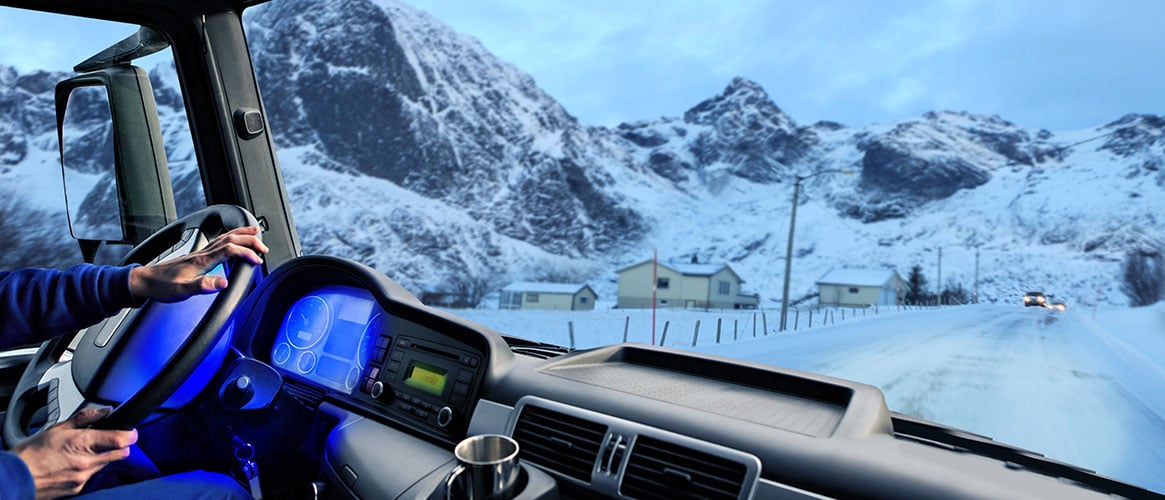Winter is an especially dangerous time of year for pedestrians, drivers and other vehicle operators. Fog, rain, ice, snow, slippery roads, and poor visibility are quite common this time of year, but there are some simple precautions you can take to minimize the risk of accidents and injuries.
This winter season, before you get into a vehicle, take a little extra time to make sure everything in and about the vehicle is in good condition and operating correctly.
Some questions to consider
- Are the windshield and side windows clear?
- Do the windshield wipers work?
- Are the blades in good condition?
- Can you see in all the mirrors?
- Are the headlights clean enough to allow for proper visibility?
- Do the tail and the brake lights work?
- Do the emergency lights work?
- Are there items on your dashboard blocking the vents and preventing your defrosters from working properly?
- Do the tires have good tread and adequate pressure?
- Are the brakes working properly?
- Is there more than a quarter tank of gas?
- Do you have emergency or repair equipment in the vehicle, including flashlights, flares, fire extinguishers, and chains where applicable?
- Do you have warm clothing, blankets, flares and water in case you break down in cold or stormy weather?
Check all of these things before winter weather comes and review the National Highway Traffic Safety Administration’s advice for safe winter driving.
Remember to reduce driving speed on wet, muddy, oily, or icy roads and be especially alert for pedestrians and animals. Winter is inevitable and can’t be avoided, but you can be prepared. Preventative maintenance and extra caution are important factors in keeping you safe on the road.
